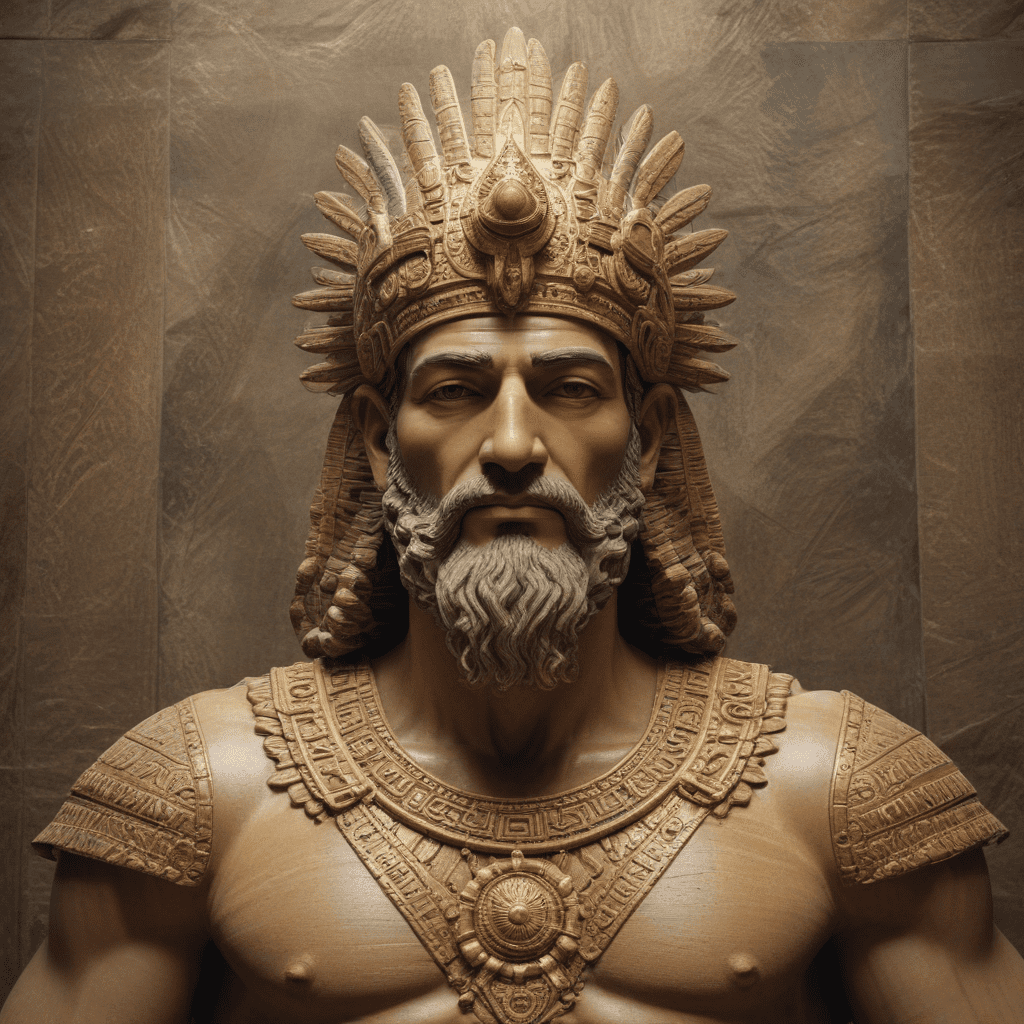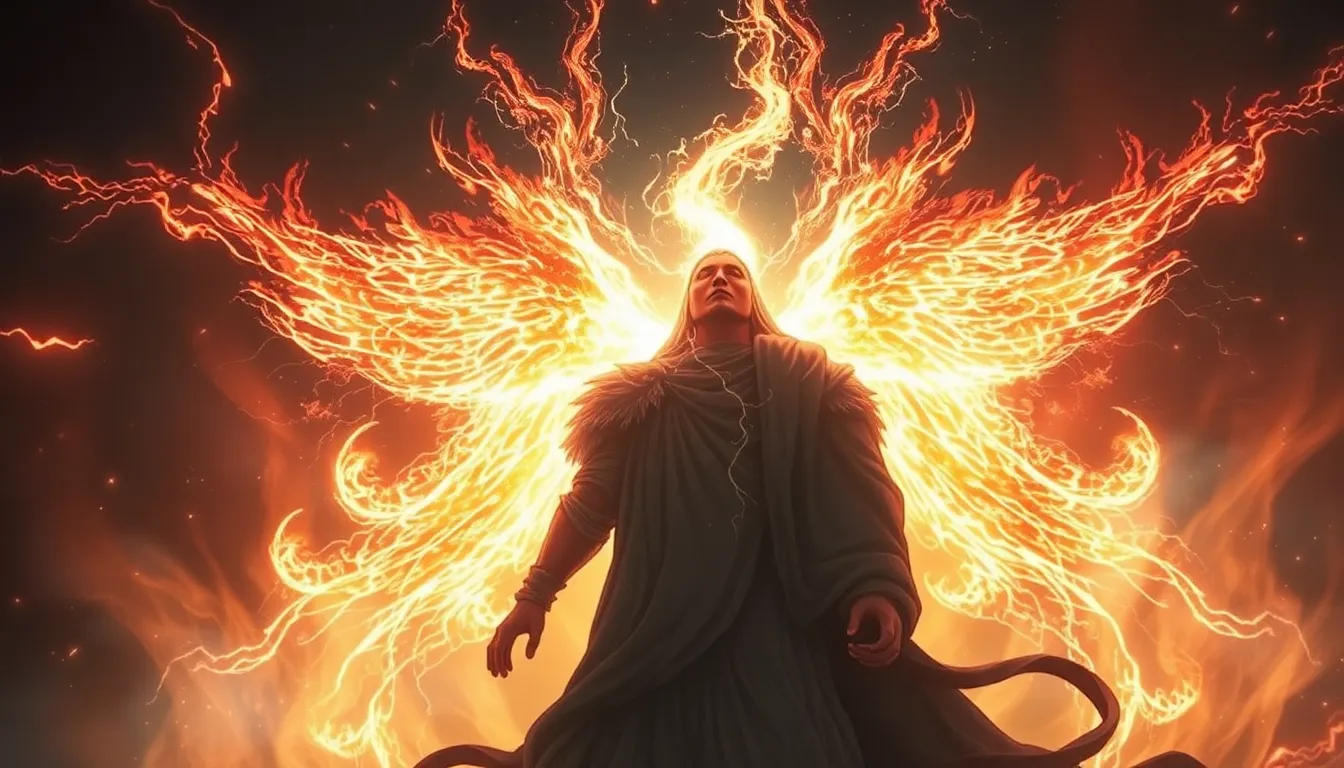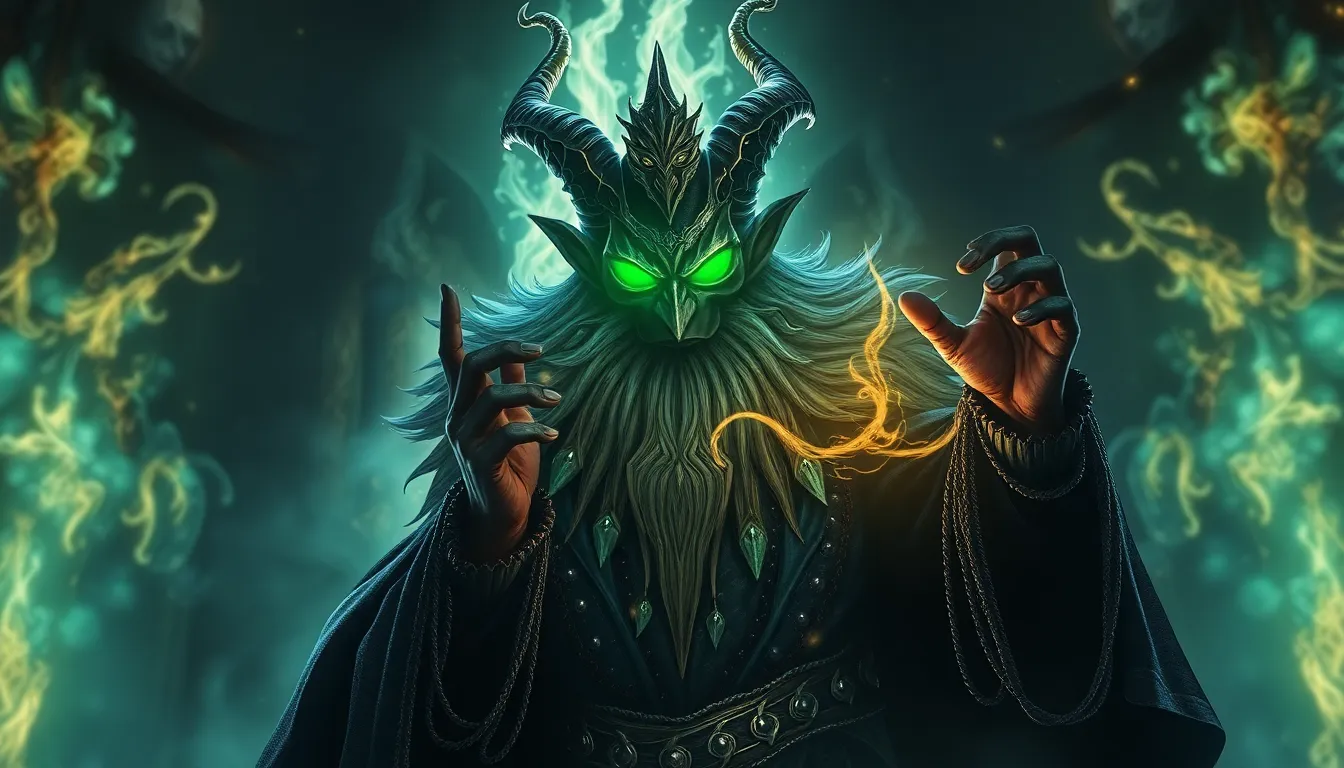1. Introduction
1.1 Brief overview of Mesopotamian mythology and the Assyrian pantheon
Mesopotamian mythology is a rich and complex tapestry of stories, beliefs, and deities that emerged from the ancient civilizations of Mesopotamia, a region in modern-day Iraq. The Mesopotamian pantheon, like other ancient pantheons, was populated by a diverse array of gods and goddesses, each with their own unique characteristics, domains, and roles in the cosmos. Among the most prominent deities in the Mesopotamian pantheon was Ashur, the national god of Assyria.
1.2 The significance of Ashur within the Assyrian belief system
Ashur held a central position in the Assyrian belief system, serving as the supreme deity, protector, and source of legitimacy for the Assyrian kings and their empire. The Assyrians believed that Ashur had chosen them as his chosen people and bestowed upon them the divine right to rule over other nations. This belief played a crucial role in shaping Assyrian identity, ideology, and military expansion.
2. Origins and Evolution of Ashur
2.1 The emergence of Ashur as a local deity
Ashur's origins can be traced back to the early history of the city of Ashur, which emerged as a prominent center in northern Mesopotamia around the 25th century BCE. Initially, Ashur was revered as the local patron deity of the city, associated with its prosperity, growth, and protection. As the city of Ashur gained prominence, so too did the worship of Ashur, gradually extending beyond the city's boundaries and into the surrounding regions.
2.2 The rise of Ashur to national prominence under the Assyrian Empire
With the rise of the Assyrian Empire in the 10th century BCE, Ashur's status elevated from a local deity to the national god of Assyria. The Assyrian kings adopted Ashur as their supreme patron, attributing their military victories and imperial expansion to his divine favor. The Assyrian kings built magnificent temples dedicated to Ashur throughout their empire, further solidifying his position as the paramount deity of the Assyrian pantheon.
2.3 Changes in the portrayal and attributes of Ashur over time
As Ashur's prominence grew, so too did his iconography and attributes. Early depictions of Ashur portrayed him as a bearded man wearing a horned helmet and holding a bow and arrow, symbolizing his martial prowess. Over time, Ashur's iconography evolved to include additional attributes, such as a winged disk, a symbol of his divine power and authority. Ashur was also associated with justice, law, and order, reflecting his role as the protector of the Assyrian people and their empire.
3. The Nature and Attributes of Ashur
3.1 Ashur as a warrior god and protector of Assyria
Ashur was primarily revered as a warrior god, embodying the strength, might, and martial prowess of the Assyrian empire. He was often depicted carrying weapons such as a bow, arrow, and sword, symbolizing his ability to vanquish enemies and defend the Assyrian people. The Assyrians believed that Ashur fought alongside their armies in battle, ensuring their victory and dominance over their adversaries. As the protector of Assyria, Ashur was invoked in times of war and conflict, and his name was inscribed on weapons and armor to instill courage and confidence in the Assyrian soldiers.
3.2 The association of Ashur with justice, law, and order
Beyond his role as a warrior god, Ashur was also associated with justice, law, and order. The Assyrians believed that Ashur established and upheld the laws of their society, ensuring fairness and stability within the empire. He was seen as the ultimate judge, dispensing justice to those who transgressed his laws and rewarding those who followed his righteous path. The Assyrian kings, as representatives of Ashur on Earth, were expected to uphold his principles of justice and maintain order throughout their realm.
3.3 The symbolism of Ashur's winged disk and other iconographic representations
Ashur's iconography is rich with symbolism, reflecting his multifaceted nature and attributes. His most prominent symbol is the winged disk, representing his divine power, authority, and ability to bestow blessings upon his followers. The wings of the disk signify Ashur's swiftness and omnipresence, while the disk itself symbolizes his divine knowledge and wisdom. Other significant symbols associated with Ashur include the bow and arrow, representing his martial prowess; the horned helmet, signifying his power and authority; and the bull, symbolizing his strength and fertility.
4. The Temple of Ashur in the Assyrian Capital
4.1 The central role of the temple in Assyrian religious life
The Temple of Ashur, located in the Assyrian capital city of Ashur, was the central religious edifice dedicated to the national god. The temple played a pivotal role in Assyrian religious life, serving as a place of worship, sacrifice, and pilgrimage. The Assyrians believed that the temple was the dwelling place of Ashur, and it was within its sacred walls that they sought his favor and guidance. The temple complex was also the center of religious authority, housing a large body of priests and officials who oversaw religious rituals and ceremonies.
4.2 The architectural design and significance of the temple complex
The Temple of Ashur was an architectural marvel, reflecting the wealth and power of the Assyrian empire. The temple complex consisted of a series of courtyards, chambers, and towers, culminating in the inner sanctum where the statue of Ashur was housed. The temple was adorned with intricate carvings, sculptures, and reliefs depicting scenes from Assyrian mythology, history, and daily life. These decorations served not only to beautify the temple but also to convey religious messages and reinforce the supremacy of Ashur and the Assyrian empire.
4.3 Ritual practices and offerings associated with Ashur's worship
The worship of Ashur involved a variety of rituals and offerings aimed at appeasing the god, seeking his favor, and ensuring the prosperity of the Assyrian empire. These rituals included daily sacrifices of animals, libations of wine and oil, and the burning of incense. The Assyrians also engaged in elaborate festivals and processions in honor of Ashur, during which they would carry his statue through the streets of the city, accompanied by music, dancing, and feasting. These rituals and offerings served to strengthen the bond between the Assyrian people and their national god.
5. Ashur in Assyrian Royal Ideology and Warfare
5.1 The connection between Ashur and Assyrian kingship
Ashur played a crucial role in Assyrian royal ideology, serving as the source of legitimacy and divine authority for Assyrian kings. The Assyrian kings believed that they ruled by the grace of Ashur and were his representatives on Earth. They claimed that Ashur had chosen them to lead the Assyrian people and guide them to victory and prosperity. To legitimize their rule, Assyrian kings would invoke Ashur's name in their inscriptions, pronouncements, and official documents. They would also build and dedicate temples to Ashur, demonstrating their devotion to the national god and seeking his continued support.
5.2 Ashur as a source of legitimacy and divine authority for rulers
Ashur's association with kingship provided Assyrian rulers with a powerful source of legitimacy and authority. The Assyrians believed that a king who possessed Ashur's favor was destined to rule justly and successfully. Conversely, a king who failed to uphold the principles of Ashur or lost his favor risked losing his throne and inviting disaster upon the empire. Ashur's divine authority served as a powerful tool for Assyrian kings to maintain order, enforce their laws, and mobilize the population in times of war and conflict.
5.3 The role of Ashur in Assyrian military campaigns and victories
Ashur played a significant role in Assyrian military campaigns and victories. The Assyrians believed that Ashur fought alongside their armies, ensuring their triumph over their enemies. Before embarking on military campaigns, Assyrian kings would consult oracles and seek Ashur's guidance. They would also offer sacrifices to Ashur, seeking his favor and blessing for their military endeavors. After achieving victory, Assyrian kings would attribute their success to Ashur's divine intervention and express their gratitude by building temples and offering lavish sacrifices in his honor.
6. The Decline and Legacy of Ashur
6.1 The gradual decline of Ashur's prominence after the fall of the Assyrian Empire
With the fall of the Assyrian Empire in the 7th century BCE, Ashur's prominence gradually declined. The destruction of the Assyrian capital and the temple dedicated to Ashur dealt a severe blow to the worship of the national god. Although Ashur continued to be revered in some regions for a time, his influence waned as other deities gained prominence in the post-Assyrian era. The rise of new empires and religions led to a shift in religious beliefs and practices, resulting in the decline of Ashur's worship.
6.2 The persistence of Ashur's worship in later Mesopotamian cultures
Despite the decline of the Assyrian Empire, elements of Ashur's worship persisted in later Mesopotamian cultures. His name appears in inscriptions and texts from the Neo-Babylonian and Achaemenid periods, suggesting that he continued to be acknowledged and revered to some extent. Furthermore, some of Ashur's attributes and iconography were adopted by other deities in the Mesopotamian pantheon, indicating a lasting impact on Mesopotamian religious beliefs.
6.3 The rediscovery of Ashur in modern archaeology and its significance for understanding ancient Mesopotamian religion
The rediscovery of Ashur in modern archaeology has shed new light on the ancient Assyrian civilization and its religious beliefs. Archaeological excavations at the site of Ashur have uncovered the remains of the Temple of Ashur, revealing its grandeur and architectural significance. Additionally, numerous inscriptions, sculptures, and reliefs depicting Ashur have been unearthed, providing valuable insights into his iconography, attributes, and role in Assyrian society. The study of Ashur and his worship continues to deepen our understanding of the complex and fascinating world of ancient Mesopotamian religion.
7. FAQs
7.1 Who was Ashur?
Ashur was the national god of Assyria, revered as a warrior god, protector, and source of legitimacy for Assyrian kings.
7.2 What was the significance of Ashur in Assyrian belief system?
Ashur held a central position in the Assyrian belief system, serving as the supreme deity, protector, and source of legitimacy for the Assyrian kings and their empire.
7.3 How did Ashur's portrayal and attributes change over time?
Early depictions of Ashur portrayed him as a bearded man wearing a horned helmet and holding a bow and arrow. Over time, his iconography evolved



